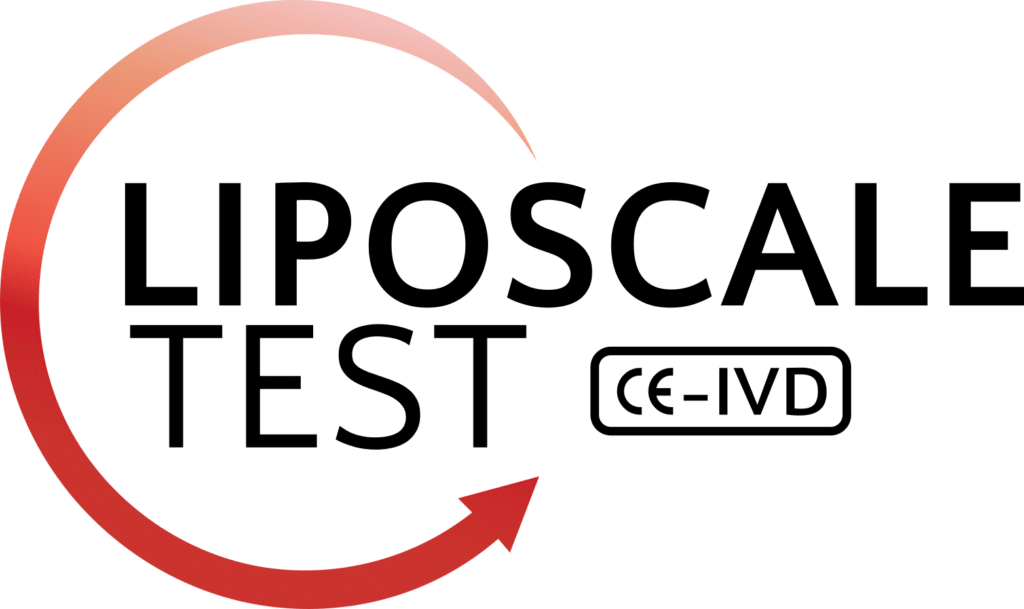Abstract
The study of nutritional interventions in humans is difficult to assess because the induced metabolic changes are lower than the natural biological variability between subjects. Due to its holistic approach, 1H NMR is one of the preferred technologies for this type of studies, even though it has a very low sensitivity. This work shows how the use of several chemometric algorithms on the measured data compensates for these drawbacks and allows the study of the effects of the nutritional intervention isolating them from the natural variability inherent to human studies. Mild to moderate hypercholesterolemic patients received either placebo or soluble fiber in a low saturated fat diet. Plasma samples were collected at week 0 and week 8. Spectra obtained with NMR equipment were processed with ANOVA simultaneous component analysis (ASCA). The application of clustering techniques revealed different responses based on the patient’s basal state, which allowed the identification of responders from non-responders. Results showed a triglyceride level reduction of up to 15% (p = 0.0032), with a higher reduction for those patients with a higher initial lipid profile. Moreover, line-shape fitting techniques applied to the NMR spectra allowed the conclusion that LDL (and VLDL) lipoprotein particles, and more noticeably triglycerides, moved to a profile configuration associated with lower cardiovascular risk. Results shed light on some of the metabolic modifications that husk fiber induces in humans which could not be seen with more conventional data analysis approaches. Our conclusion is that by using the right chemometric techniques it is possible to assess nutritional intervention effects in human NMR human studies despite the low sensitivity and selectivity that the technique offers today.


